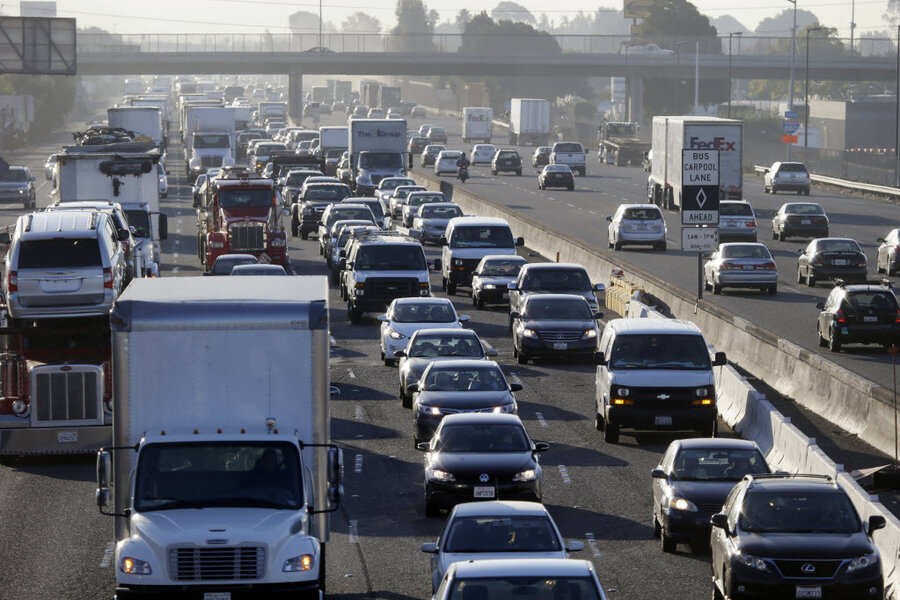Bay Area traffic sluggish as BART strike continues
| Oakland, Calif.
San Francisco Bay Area rapid transit officials and union leaders are offering what they say are solutions to a strike that scrambled the commute for hundreds of thousands of workers, who faced clogged highways and crowded buses.
"Our negotiator has been in contact with the mediator and BART stands ready to resume negotiations at any time," said BART general manager Grace Crunican during a press conference Friday afternoon as commuter slogged their way home.
A few hours later union president Roxanne Sanchez said they were willing to sign off on pay, health care and pension issues, and send the remaining snarl — work rules — to an arbitrator, a proposal BART has previously refused. But BART officials later said they would be willing to send the entire contract to arbitration but not the work rules alone.
Thus, with no deal in place, residents were heading into a weekend without BART service, complicating vacation plans and making it tough for fans heading to events including a music show on Treasure Island and art exhibits throughout San Francisco' Open Studios.
Six months of on-again, off-again negotiations have brought agreement on key issues such as raises, health care and pensions. But there remained a snarl late Thursday that sent workers back to picket lines for the second time since July: a package of work rules involving when schedules are posted, whether workers can file for overtime when they've been out sick, and how paychecks are delivered.
Weekend BART use is light compared with the workweek, and frustrated commuters Friday said they hoped an agreement could be quickly reached.
"I just wish that this could all be over," said a bleary court records supervisor Marsha Smith, who was up before dawn to make sure she made it into the courthouse before it opened. "We could be back to our regular commute doing our thing, just life as it has been."
The Bay Area Rapid Transit system carries a ridership of 400,000 daily through tunnels under the bay and into the region's urban core of San Francisco from four surrounding counties, relieving what would otherwise be congested bridges.
In an effort to alleviate delays, many of the Bay Area's other 27 transit systems added bus, ferry and rail service Friday. Carpools and rideshare programs were also busy, and more cyclists took the streets. Ferry operators said their ridership doubled.
But traffic was sluggish during both commutes, and lines at bridge toll plazas were backed up for miles.
Passengers touching down at San Francisco International Airport were warned that trains weren't running, and it could take twice as long to get into the city.
Many simply avoided the hassle, telecommuting instead.
Discussions fell apart late Thursday after a marathon 30-hour negotiation with a federal mediator that put representatives from both sides at dueling press conferences, rumpled, unshaven and angry.
Talks started in April, two months before the June 30 contract expirations, but both sides were far apart. The unions initially asked for 23.2 percent in raises over three years. BART countered with a four-year contract with 1 percent raises contingent on the agency meeting economic goals.
The unions contended that members made $100 million in concessions when they agreed to a deal in 2009 as BART faced a $310 million deficit. And they said they wanted their members to get their share of a $125 million operating surplus produced through increased ridership.
But the transit agency countered that it needed to control costs to help pay for new rail cars and other improvements.
Waiting for a ferry in Oakland, retail worker Mary Nelson said both sides should be able to come to an agreement.
"I don't understand why they're holding a lot of hardworking people hostage," she said.






